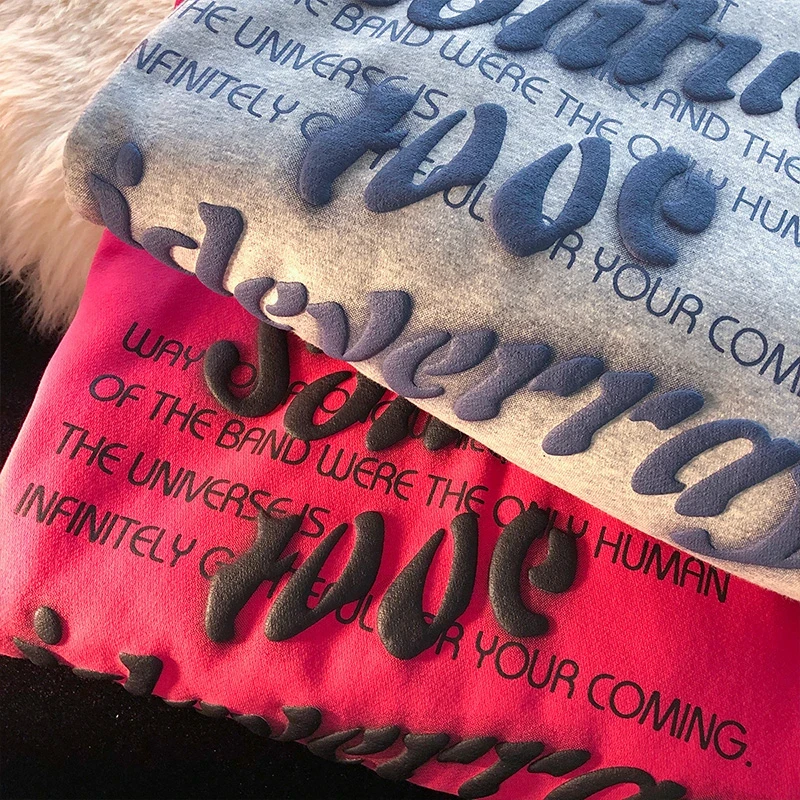

Clothing bubble printing and embossing are two popular techniques used to add texture and dimension to clothing designs.
While they may seem similar at first glance, there are some key differences between the two processes.In this article, we’ll take a closer look at the differences between clothing bubble printing and embossing.
Clothing Bubble Printing
Clothing bubble printing, also known as 3D puff printing, is a technique that uses foam to create a raised, three-dimensional effect on the design. This technique is commonly used on t-shirts, hats, and other clothing items.
The foam is added to the areas of the design that will be raised, and then the ink is printed on top of the foam. The result is a design that stands out from the fabric and has a tactile element to it.
Embossing
Embossing, on the other hand, is a technique that uses heat and pressure to create a raised design on the fabric. This technique is commonly used on leather, paper, and other materials.
The design is first stamped onto the fabric using a metal die, and then heat and pressure are applied to the fabric to create the raised design. The result is a design that is pressed into the fabric and has a subtle, elegant look to it.
Key Differences
The key difference between clothing bubble printing and embossing is the materials used and the process involved.
Clothing bubble printing uses foam and ink to create a raised, three-dimensional effect, while embossing uses heat and pressure to create a raised design. Clothing bubble printing is commonly used on t-shirts and other clothing items, while embossing is commonly used on leather and paper.
Clothing bubble printing creates a design that is more tactile and stands out from the fabric, while embossing creates a design that is pressed into the fabric and has a more subtle look to it.
6-20 個字符(僅限字母加數字)
密碼不一致